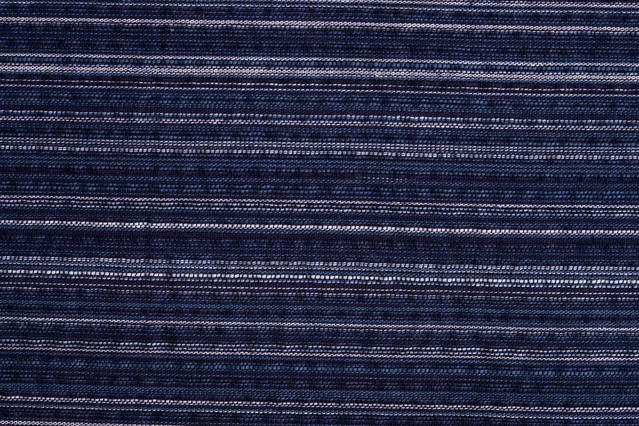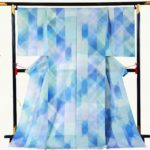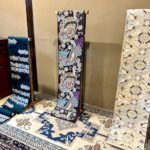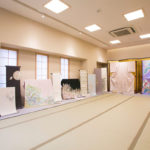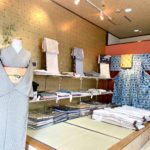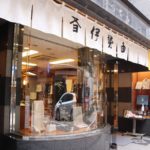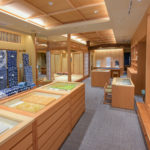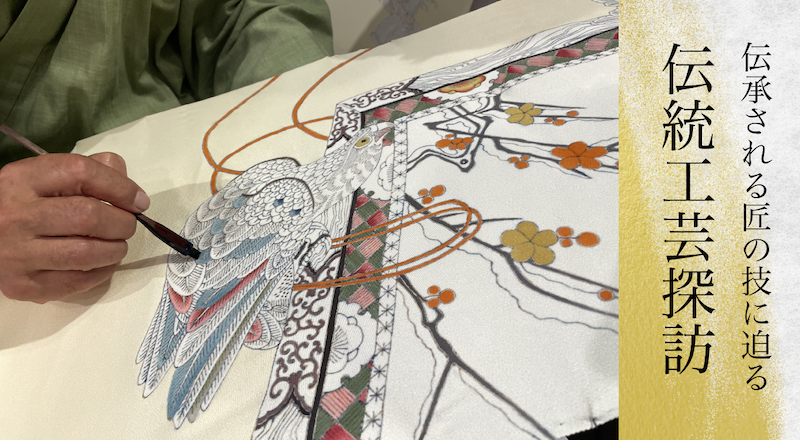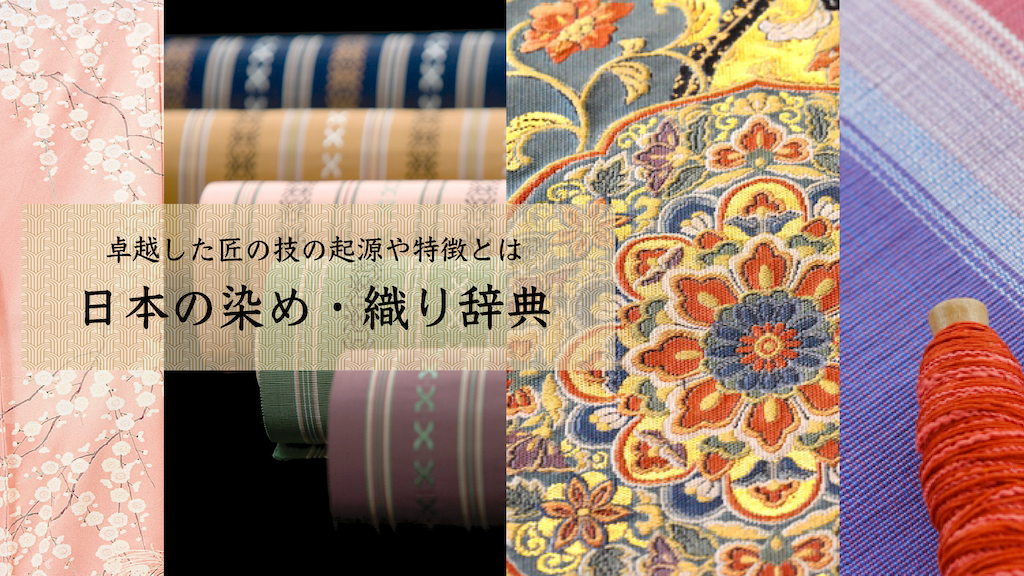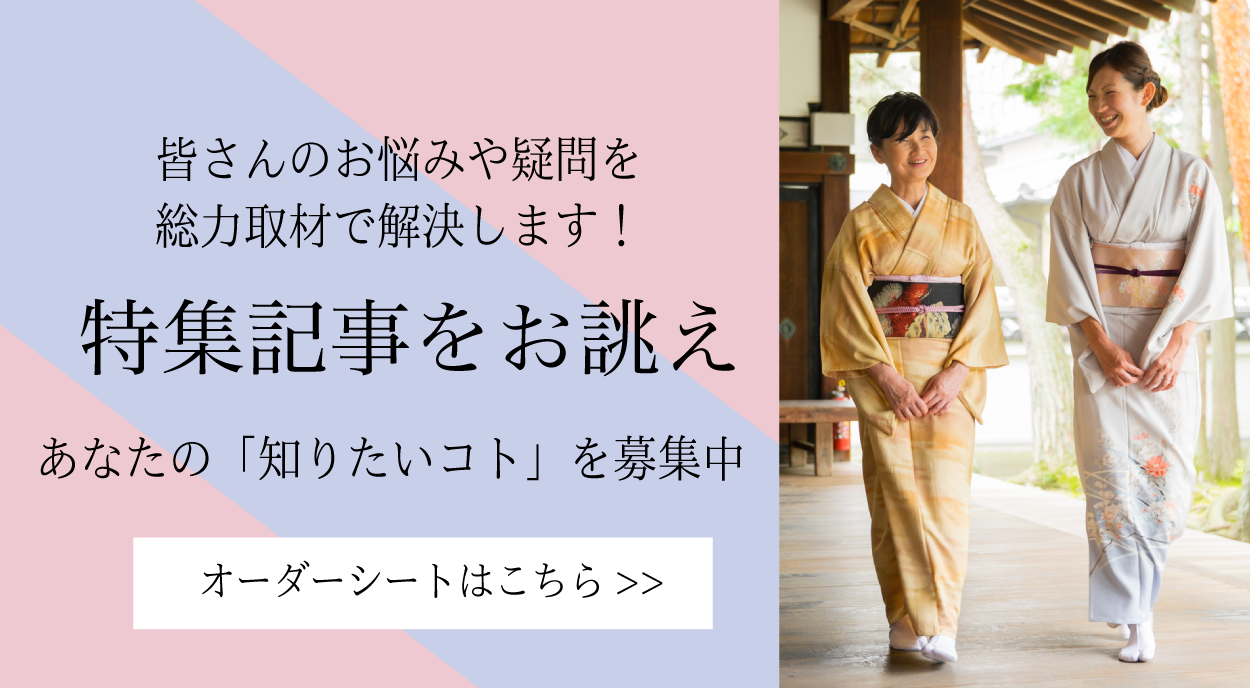阿波しじら織
Pronunciation: Awa Shijira-ori
Production area: Tokushima City, Tokushima Prefecture
Awa Shijira-ori is a summer cotton textile admired for its unique texture and beauty created by fine shibo (puckered surface). The craft flourished in Tokushima during the late 18th century. In the early Meiji period, Hana Umi from Atake Village (present-day Tokushima City) is said to have improved a striped cotton fabric known as tatae-ori, leading to the creation of Awa Shijira-ori. The origin story tells of a kimono that was left to dry in the sun after being caught in the rain, resulting in natural shrinkage that inspired the technique. By carefully calculating differences in thread tension to form patterns and textures, artisans developed a textile that requires great skill and experience. Its puckered surface makes it especially comfortable in summer, preventing the fabric from clinging to the skin even when perspiring. In 1978, textiles dyed with natural Awa indigo were designated as a Traditional Craft by the Minister of Economy, Trade and Industry under the name Awa Shoai Shijira-ori and also recognized as a Tokushima City Heritage.
